Baltimore Heritage is delighted to be partnering with Green Mount Cemetery and Baltimore Center Stage, for a new walking tour at Green Mount Cemetery! Join us to discover the tangled history of John Wilkes Booth, Baltimore, and the plots to kidnap and assassinate Abraham Lincoln. Tickets are $10 for Baltimore Heritage members and $15 for non-members.
May 24, 9:30 am – 10:30 am (new!)
May 31, 9:30 am – 10:30 am (new!)
May 31, 11:30 am – 12:30 pm
June 4, 9:30 am – 10:30 am
June 4, 2:00 pm – 3:00 pm (new!)
June 14, 11:30 am – 12:30 pm
June 21, 9:30 am – 10:30 am (new!)
We’ll trace Booth’s childhood on Exeter Street and how he followed his Shakespearean-trained father’s footsteps into the theater world. We’ll get to know Booth–the womanizer, the white supremacist, and the presidential assassin. We’ll also revisit major events of the Civil War, including the Pratt Street Riots and the surrender at Appomattox, and how they influenced the conspirators’ actions leading up to the day Booth murdered Lincoln.
As we walk, you’ll hear about the events of the fateful day and the fates of the Booth’s co-conspirators. And of course, we’ll see the unmarked burial site of Booth and the graves of two of his co-conspirators. We hope you’ll walk to the grounds of Green Mount Cemetery with us to discover this poignant history in a whole new light.
This tour is being offered in partnership with Baltimore Center Stage’s production of John Wilkes Booth: One Night Only. With your Green Mount Cemetery tour ticket, you’ll receive a coupon code for $10 off a ticket to the show.
Accessibility: Although there are some paved pathways, we will be walking over mostly uneven grassy terrain and cobblestones.
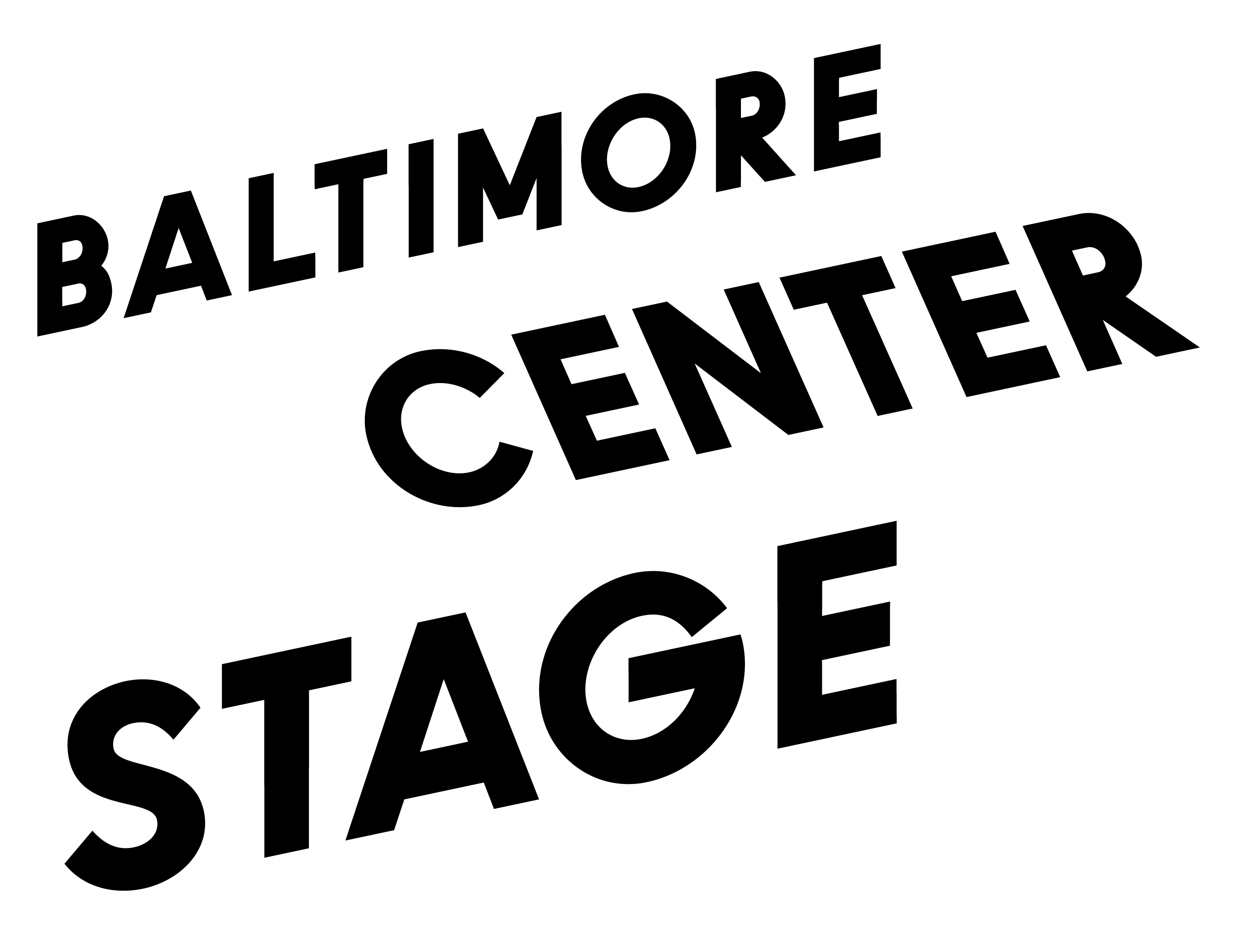



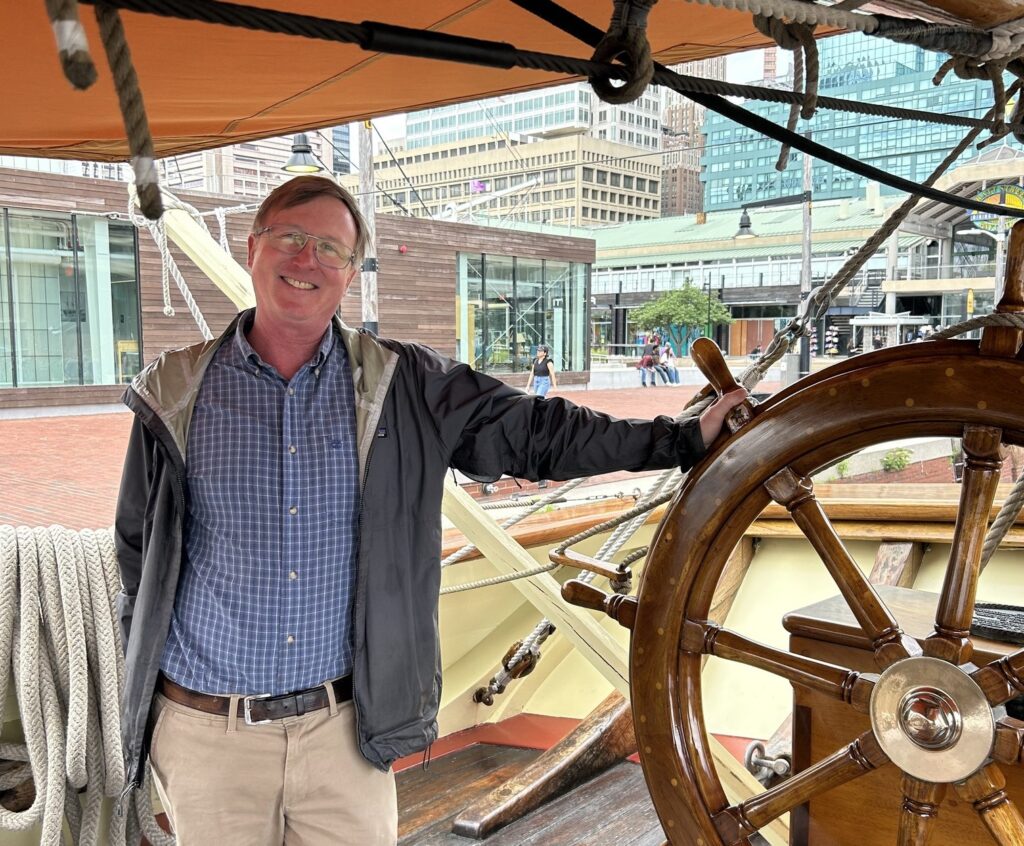
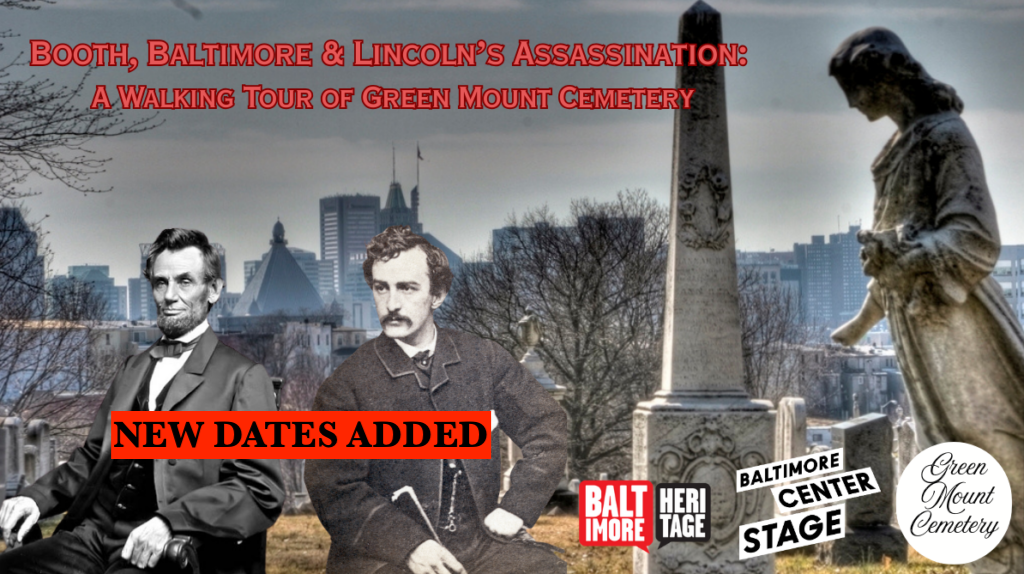


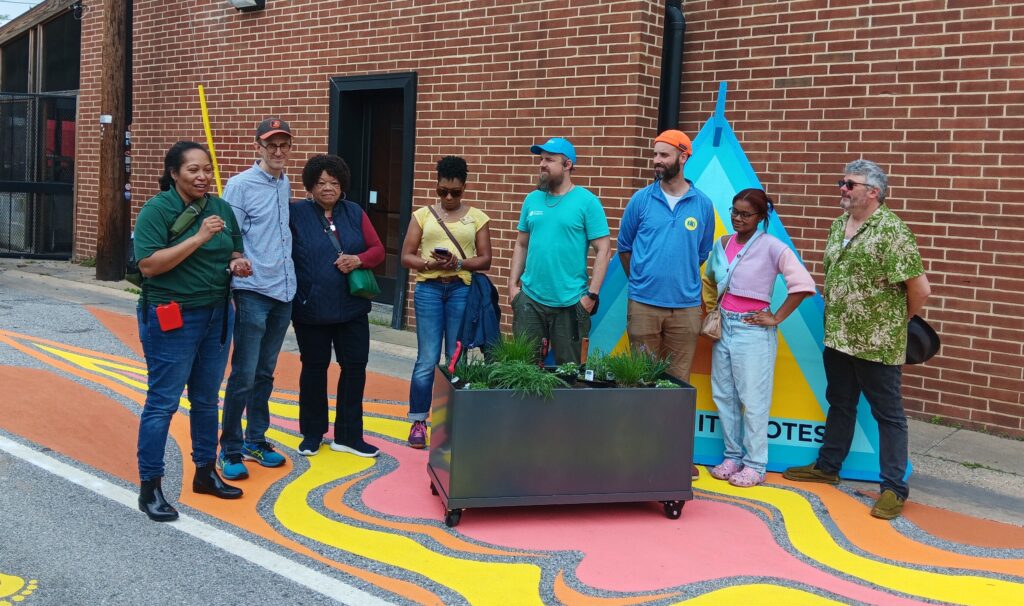
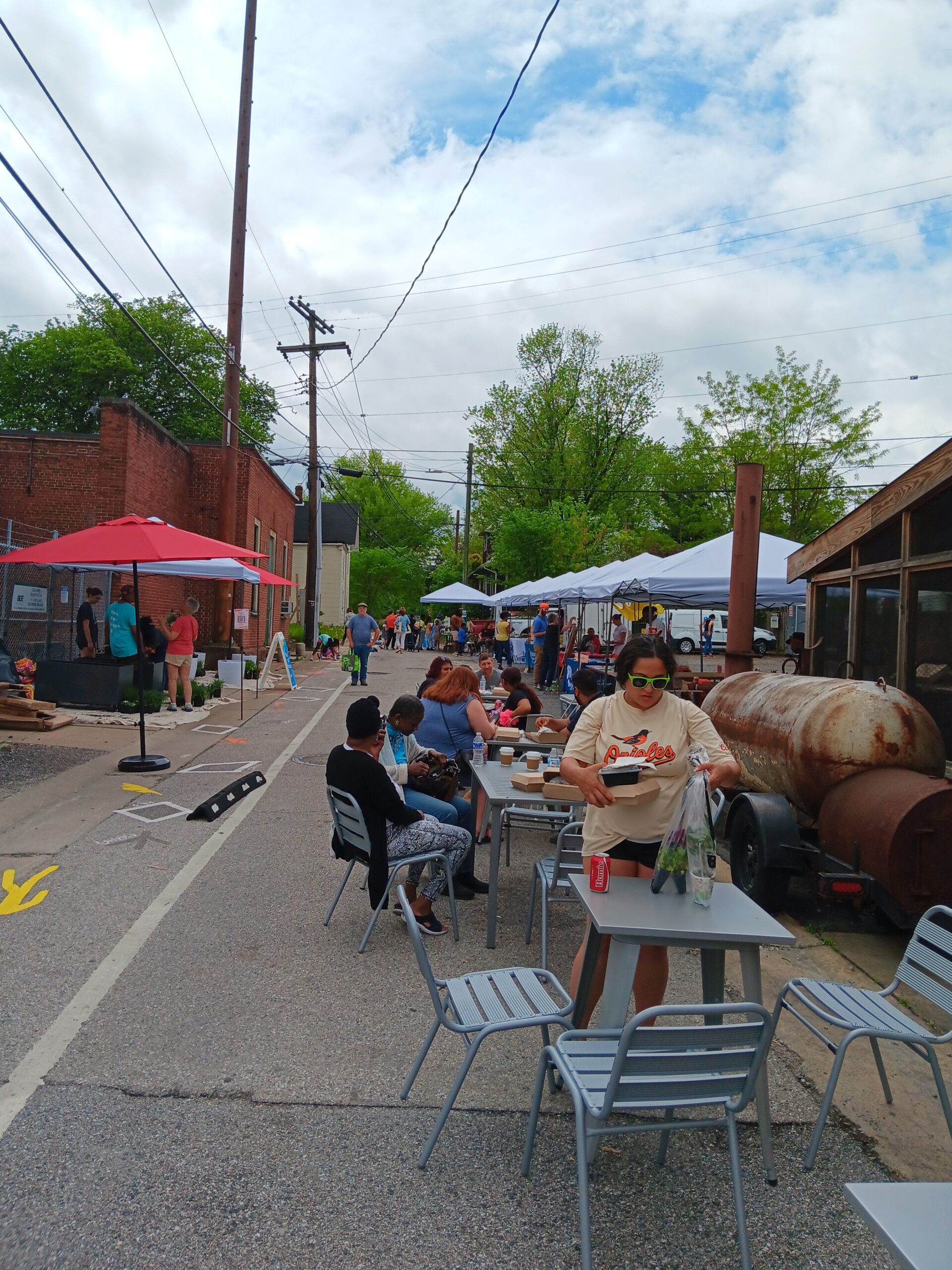 What do you get when you add a Baltimore history trivia contest to a neighborhood event in historic Govans? A great community celebration!
What do you get when you add a Baltimore history trivia contest to a neighborhood event in historic Govans? A great community celebration! 

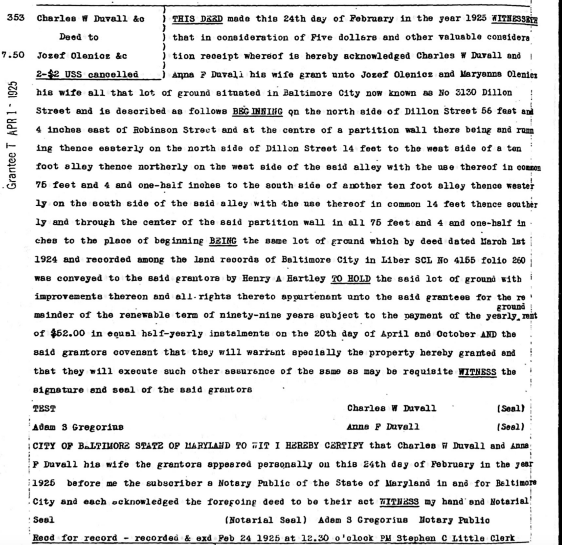
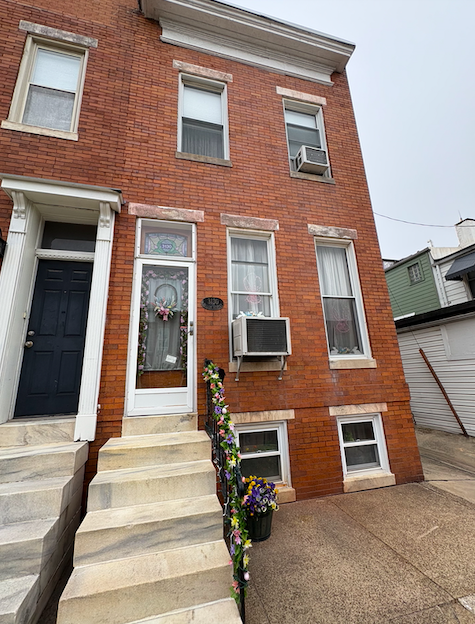
 The Baltimore Centennial Homes project
The Baltimore Centennial Homes project